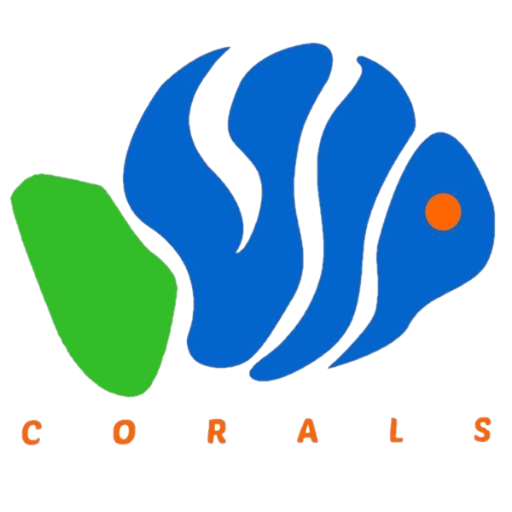Authors:
Najeen Arabelle Manuel Rula, Edna T. Ganzon-Fortes, Ma. Josefa R. Pante, Gavino C. Trono
2021
Abstract
The tropical red seaweed Halymenia durvillei Bory de Saint Vincent is a potential source of the high-value pigments, r-phycoerythrin (RPE) and r-phycocyanin (RPC). The unique properties of these pigments find many applications—from food to cosmetics, pharmaceuticals, and biomedical research. This study aimed to improve the land-based culture technology of H. durvillei by determining the appropriate combination of light, water motion, and stocking density that would result in high growth performance and high RPE and RPC content. Combinations of two light levels (full light, 100% and reduced light, 67%), two water motion levels (low and moderate), and three stocking densities (50, 100, and 200 g) were studied using 64.5-L glass tanks with flow-through seawater and aeration systems at the outdoor land-based seaweed nursery in Bolinao, Pangasinan, Philippines. After 6 weeks of culture, growth performance (growth rate and productivity) of H. durvillei and phycobiliprotein content were best under a combination of full light (100%), moderate water motion, and 50-g stocking density. The generally low light regime during the experimental period, which coincided with the cold, dry season characterized by shorter days and overcast skies, may have influenced H. durvillei to maximize the use of available resources such as light and possible increased nutrient availability from water motion to promote growth and phycobiliprotein synthesis. Treatments with low stocking densities generally showed satisfactory growth and phycobiliprotein content. This study provides groundwork for future research into mechanisms by which these and other factors affect the growth and physiology of H. durvillei in culture.
rulaa et . al.,-1 (1)
